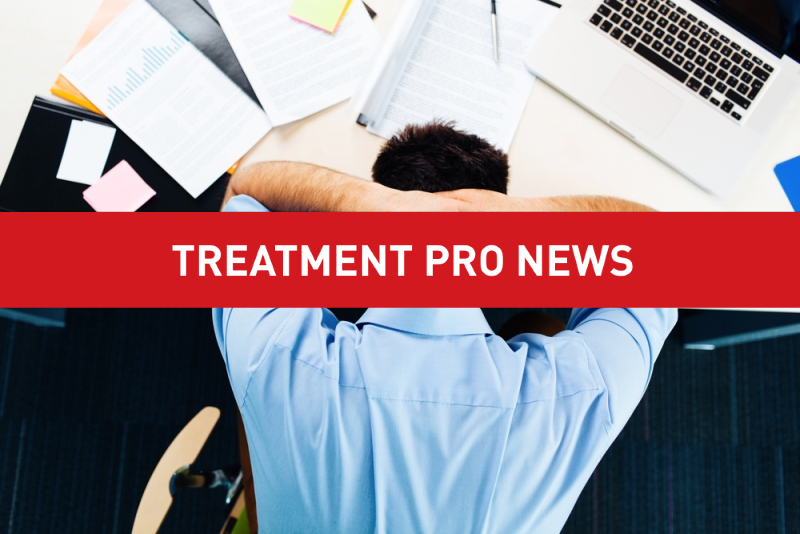
A Substance Abuse and Mental Health Services Administration (SAMHSA) report has revealed that about 3.7% of adults in the United States who hold full-time jobs—over 4.3 million people—had one or more anxiety disorders in the past year. But those unemployed or out of work altogether showed the highest rates for suffering some form of disorder.
The new report was based on data from SAMHSA’s 2008-2012 National Survey on Drug Use and Health. Derived from the responses of 67,500 people 12 years and older in the U.S., the results clearly show the importance of prioritizing treatment for anxiety disorders.
Comprising a wide range of mental problems, anxiety disorders covered by the report include obsessive-compulsive disorder, specific phobia, social phobia, panic disorder with and without agoraphobia, agoraphobia without a history of panic disorder, posttraumatic stress disorder, and generalized anxiety disorder.
An intriguing result of the study was how employment affected the rate of anxiety disorders. The rate of anxiety disorders were higher for people who were employed only part-time (5.6%) and higher still for employable people who were unemployed (6.9%).
Even more troubling, the rate was highest for those who were retired, unemployed, in school, or otherwise removed from the active labor force (8.9%). Overall, the report found that 5.7% of all American adults, or roughly 13 million people, had suffered from an anxiety disorder in the past year.
“Employers, unions, educators, health providers and all segments of the community need to work together so that we can help people surmount the challenges of anxiety disorders and lead full, productive lives,” said SAMHSA Administrator, Pamela Hyde, who is stepping down at the end of the month.
“People with anxiety disorders can have a hard time gaining employment and sometimes dealing with certain situations, but fortunately, with treatment and support, they can make enormous contributions to the workplace and the community,” Hyde concluded.